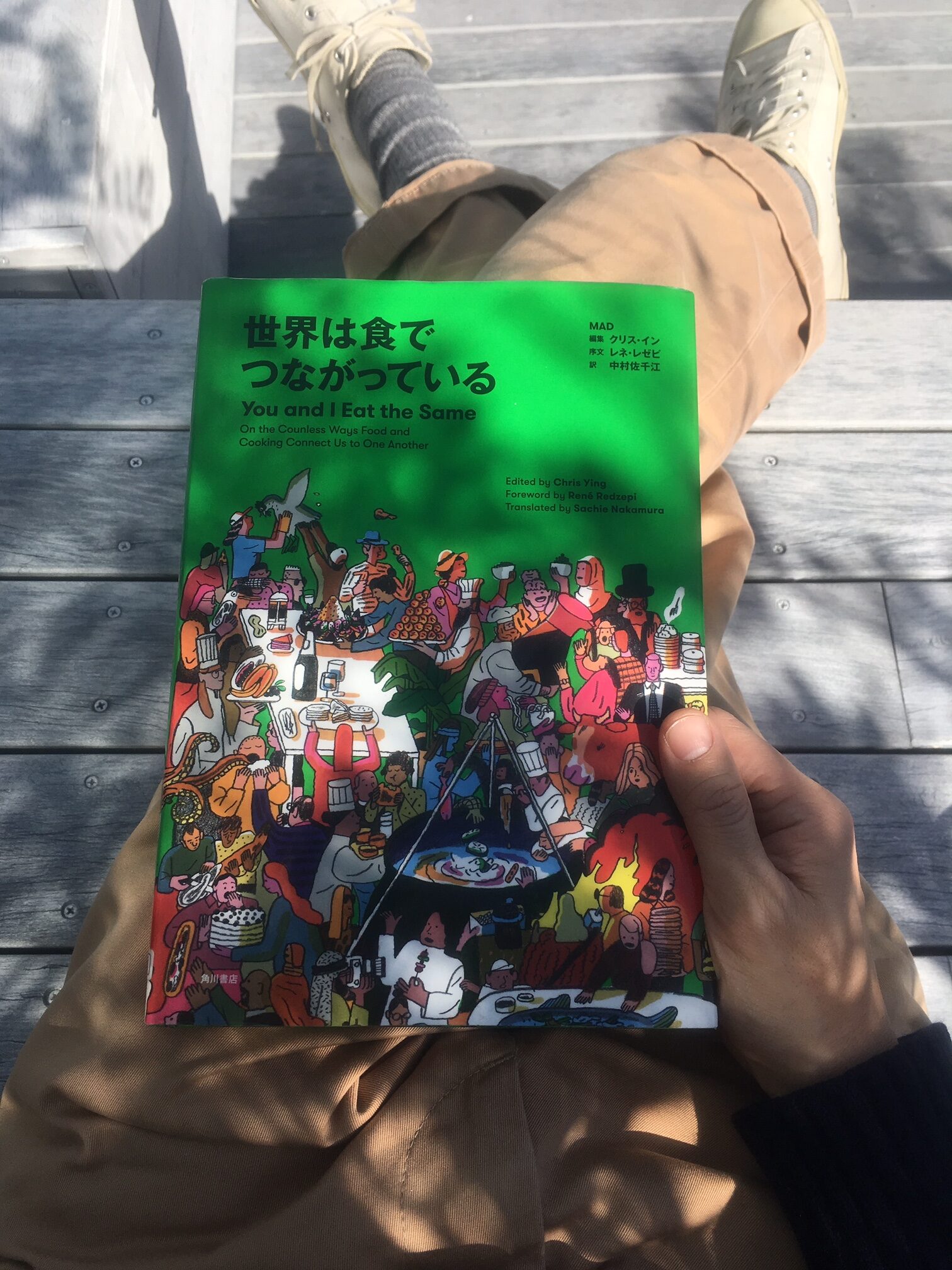
Cuisine
Text: Kosuke Ide
Photo: Keisuke Fukamizu
2022.09.12
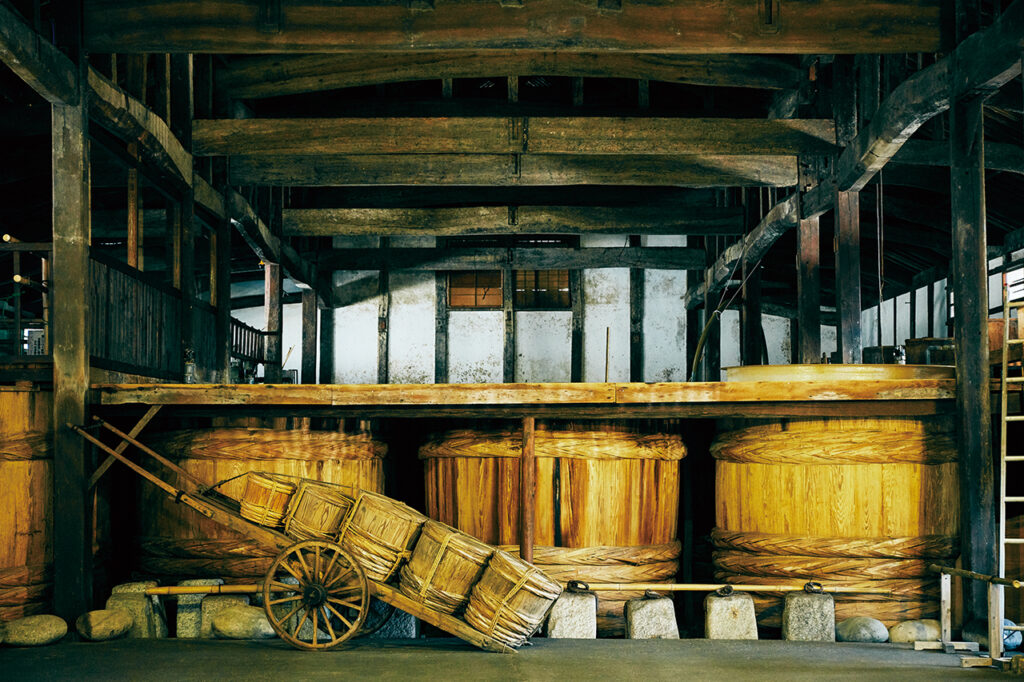
Shoyu, or soy sauce, is the essential Japanese condiment. How many variations on this fermented food exist? Over 80% of all soy sauce production consists of “koikuchi” shoyu, the taste most people know, but there is also “usukuchi” shoyu, which has a more subtle aroma, as well as “tamari,” a variety that uses little to no wheat and mostly soybeans, and “shiro,” a form of shoyu made from fermented wheat. Not to be overlooked is “kanro shoyu,” having the thickest and darkest color, flavor and aroma of them all. Incorporating the most ingredients and requiring the most time for its production, this unsung variety accounts for only 1% of all the shoyu manufactured in Japan. We paid a visit to a brewery in Yanai, Yamaguchi Prefecture, the region where this soy sauce got its start.
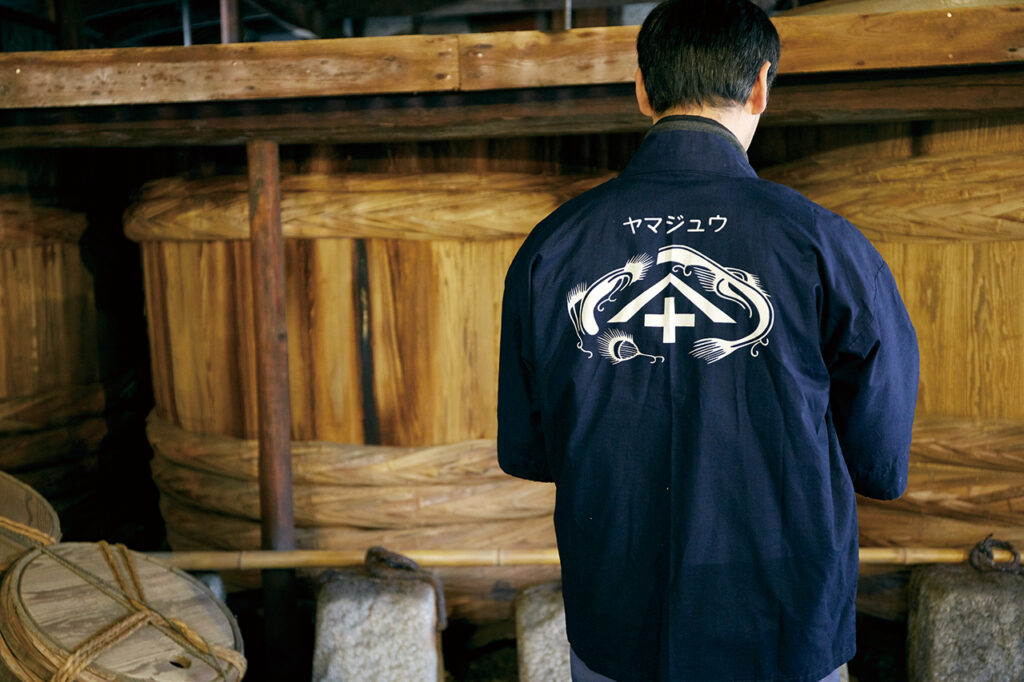
The Japanese word “shoyu” first appeared in writing during the Azuchi-Momoyama period, but a relative of soy sauce existed even earlier. This was called “hishio” and was made by salting and then fermenting fish intestines, vegetables, and rice. The nobility used hishio as a condiment during the Asuka period. The term “hishio” also appears in the Manyoshu, the oldest extant collection of Japanese poetry.
During the Kamakura period, the Zen monk Kakushin, who founded Kokokuji Temple in Kishu Yura (modern-day Hidaka District, Wakayama Prefecture) brought back the Kinzanji method of making miso paste from China in the year Kencho 6 (1254). There is a theory that soy sauce was first discovered when Kakushin noticed how delicious the broth was that accumulated at the bottom of a miso vat, but this is merely folklore passed down through the generations. By the Muromachi period, soy sauce was created using wheat and malted rice, and gradually gained popularity in the surrounding regions.
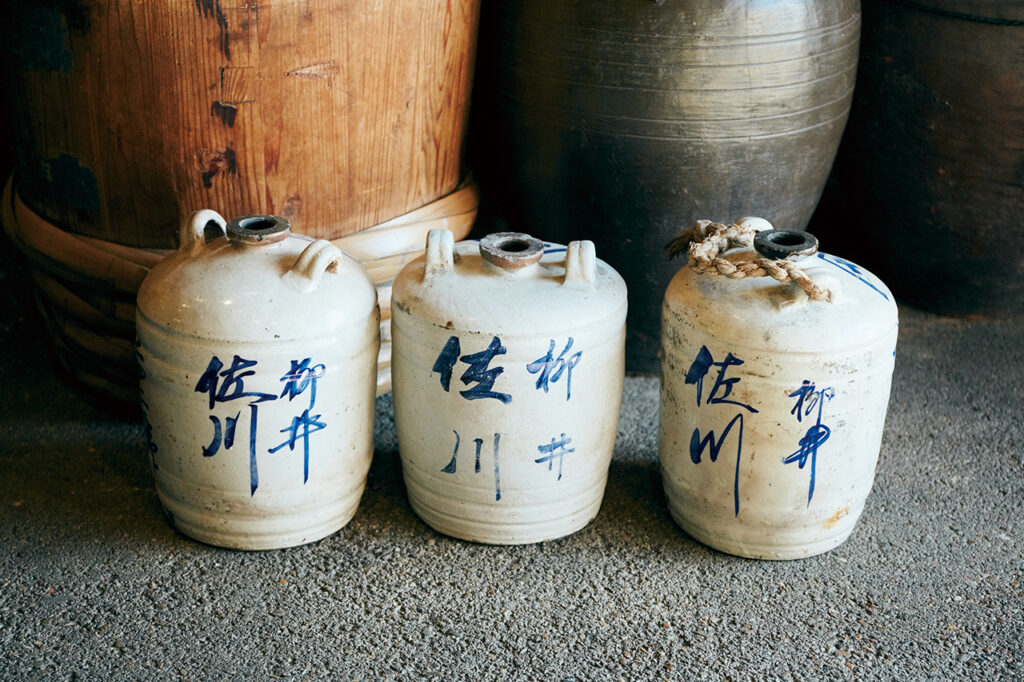
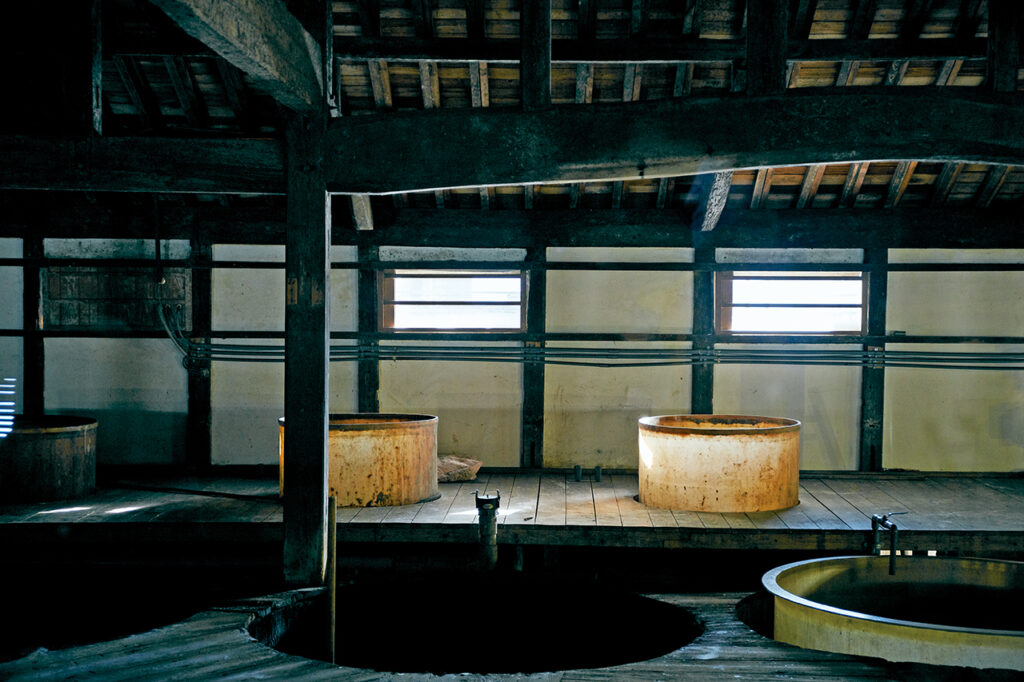
By the Edo period, soy sauce began to be produced on an industrial scale and spread throughout the country. Brewing methods for soy sauce reached the Kanto region via word of mouth by people who emigrated from the villages nearby Yuasa, where soy sauce production flourished, to Boso, a peninsula coextensive with Chiba Prefecture. There, soy sauce production continued to thrive in cities such as Noda and Choshi in response to growing demand in the capital city of Edo, which was experiencing a huge increase in population.
Like the soy sauce that was originally produced in Yuasa, the soy sauce in the Kanto region, commonly referred to as “koikuchi shoyu,” had a dark color and strong taste. However, during the mid-seventeenth century, a new type of soy sauce referred to as “usukuchi shoyu” that was lighter in color and contained less salt was developed in Banshu (modern-day Hyogo Prefecture) and Tatsuno by shortening the ageing period to reduce the fermentation process. This is one of the reasons why people in the Kanto region (Edo) and the Kansai region (Kamigata) still prefer different flavor profiles of soy sauce.
In addition to koikuchi and usukuchi, we have “tamari,” which is produced using almost only soybeans, and “shiro,” made almost exclusively with wheat, both of which are primarily produced in the Tokai region. But then there is “kanro shoyu,” which originated in Suonokuni (today eastern Yamaguchi Prefecture) and Yanai during the Tenmei era, in the 1780s.
Kanro shoyu is also referred to as “twice-processed soy sauce,” and as this name implies, is produced by taking standard soy sauce and subjecting it to a double fermentation process. Thick and sweet, this sauce originated in Yanai and spread throughout the Nishi Chugoku and northern Kyushu regions.
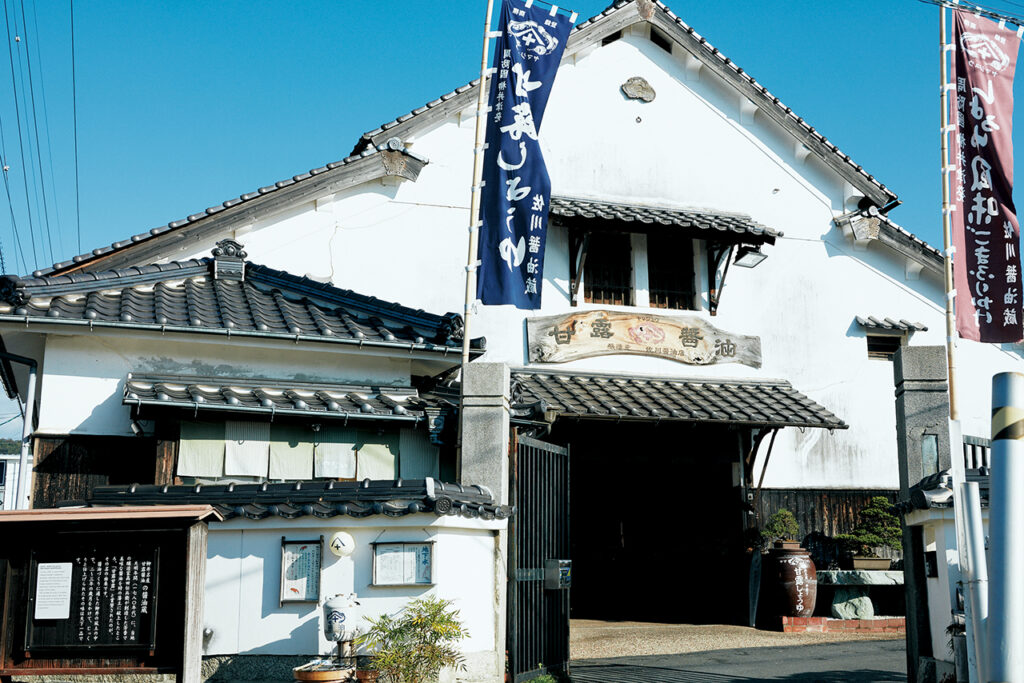
“Sagawa Shoyu,” a soy sauce brewery in Yanai, Yamaguchi Prefecture, was established in 1830 and is one of two remaining producers of kanro shoyu in the region. Found in the Furuichi Kanaya district, the facility is situated in a 200-meter row of merchant houses with white walls and latticed windows that were built during the Muromachi period. This area was once the center of commerce of the port city of Yanai, and had also served as a strategic position for the Inland Sea area since the Middle Ages.
Inside the gigantic Sagawa Shoyu brewery, craftsmen continue to produce kanro shoyu in Yoshino cedar vats that were built in Meiji 4 (1871) and have a capacity of approximately 5,400 liters. The brewery employs traditional manufacturing methods that have been passed down through generations.
Denbe (the fourth) of the Takada family developed the brewing method used for kanro shoyu, and after offering it to his lord Yoshikawa Ko (Iwakuni Domain) during the Tenmei era (1781-89), it was praised for its sweet flavor, or kanro, hence the name we use today.
The manufacturing procedure for kanro shoyu is as follows:
1: Steam soybeans, combine with roasted wheat inside a boiler, add seed malt, and let sit for approximately 30 hours to make the koji.
2: Pour approximately two tons of koji along with salt water into a cedar vat and age for approximately one and a half years, stirring when deemed appropriate by the brewmasters.
3: Press the raw unrefined soy sauce (unstrained soft solids that have been pre-fermented) using a compressor and add new koji to the resulting koikuchi shoyu, allowing this to age for another one and a half to two years.
4: Press the double-aged unrefined soy sauce, add seasoning, and bottle.
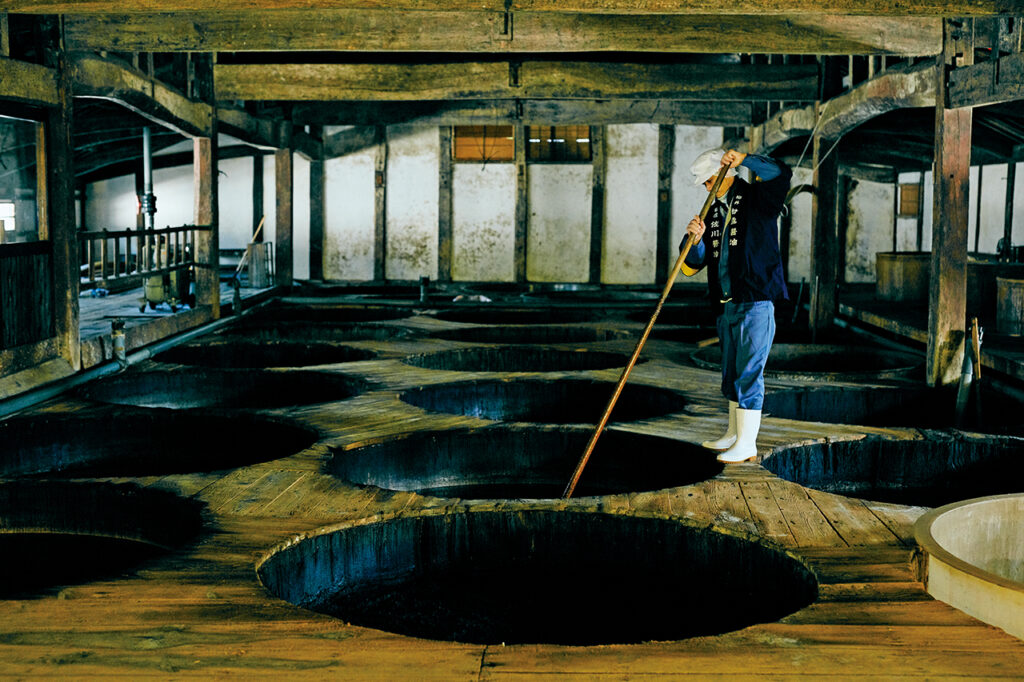
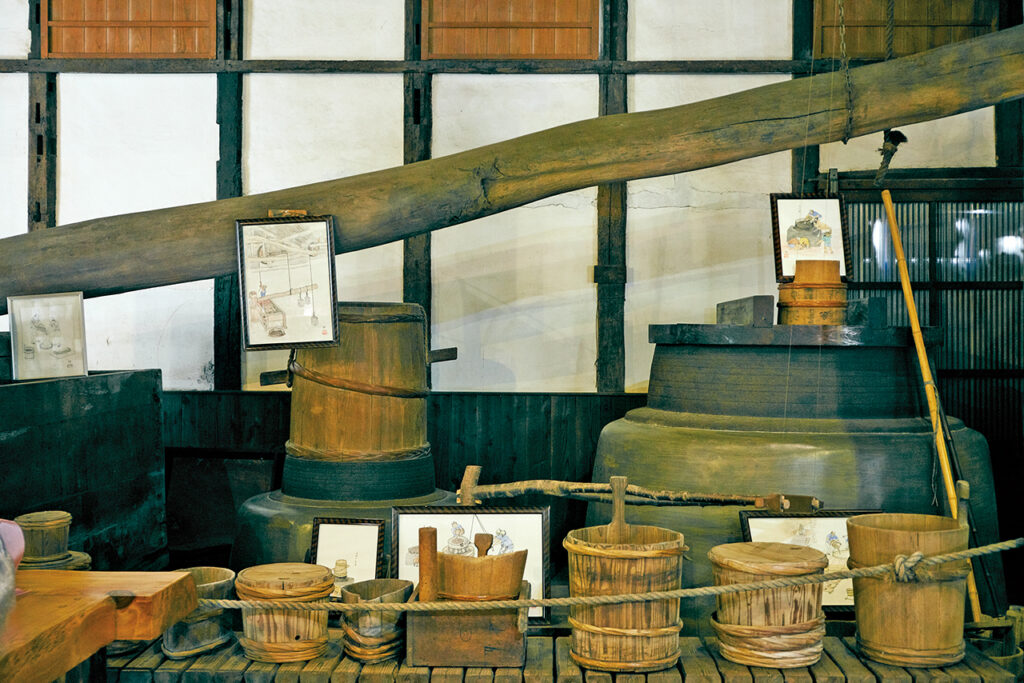
The entire process of manufacturing kanro shoyu can take three to four years?approximately twice the time required to produce regular soy sauce?as well as an incredible amount of raw ingredients and effort. The color of kanro shoyu is darker than koikuchi shoyu, has a strong umami flavor (from the amino acids that are produced after the soybean protein breaks down), and contains less salt. The glossy jet-black color, sweet and rich aroma, and deep flavor of the kanro shoyu perfectly complement dishes such as sashimi, chilled tofu, and sushi. Even today, this variety is widely regarded as the highest grade of soy sauce.
A portion of the soy sauce brewery, which was relocated during the Meiji period, has been opened to the public as a museum, where various traditional soy sauce manufacturing tools used for generations are on display. The pots lined up along the shelves on the walls are actual containers that were once used for selling the soy sauce. In the past, people who used up their soy sauce would reuse the pots by returning them to the store to have them refilled with however much soy sauce they wanted to purchase. Traces of traditional Japanese foodways have been left in each of these items. Kanro shoyu, which has a full-flavored mellow taste and characteristics shared by vintage wine, serves as a historical testimony to the lives of the people of Yanai, and its story continues to the present day. (Reprinted from Subsequeznce vol. 2)
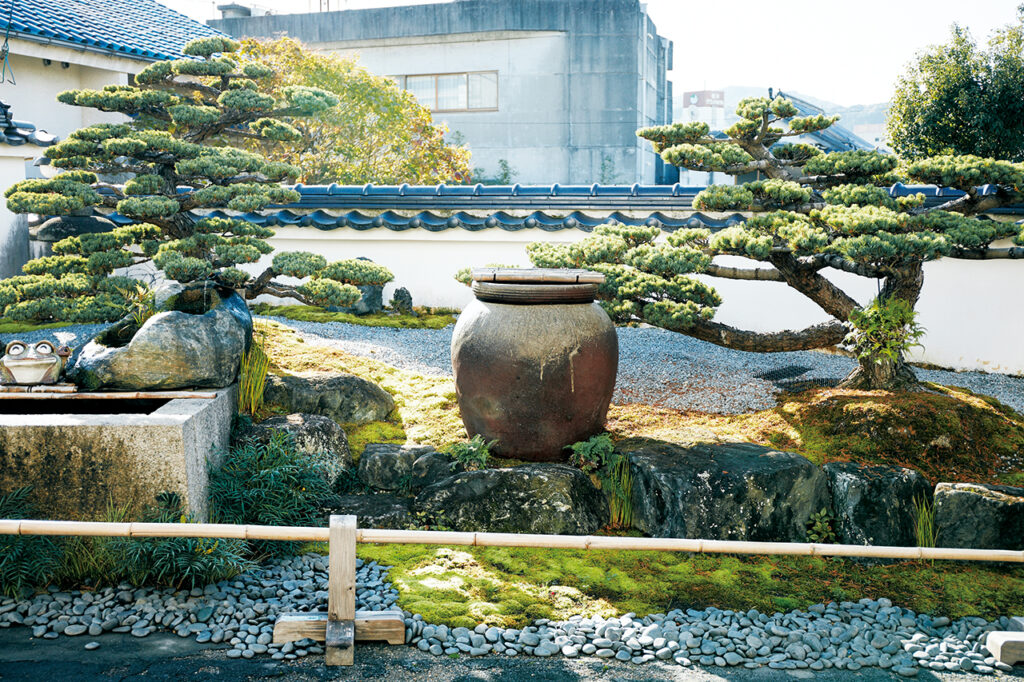
Cuisine
Cook and Learn about Lao Cuisine
2024.05.14
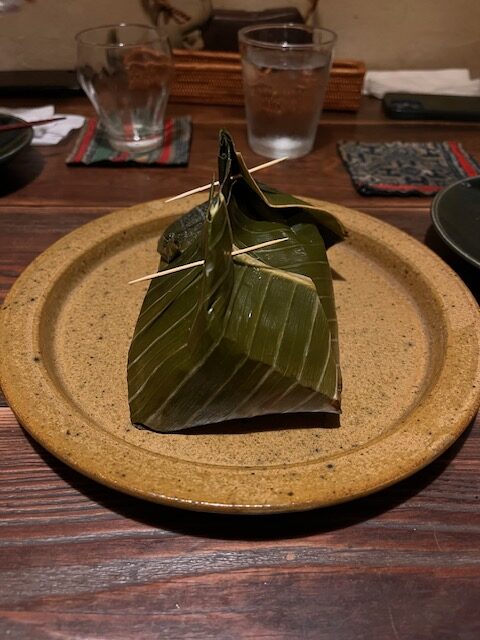
Cuisine
Café Triste
2024.02.09
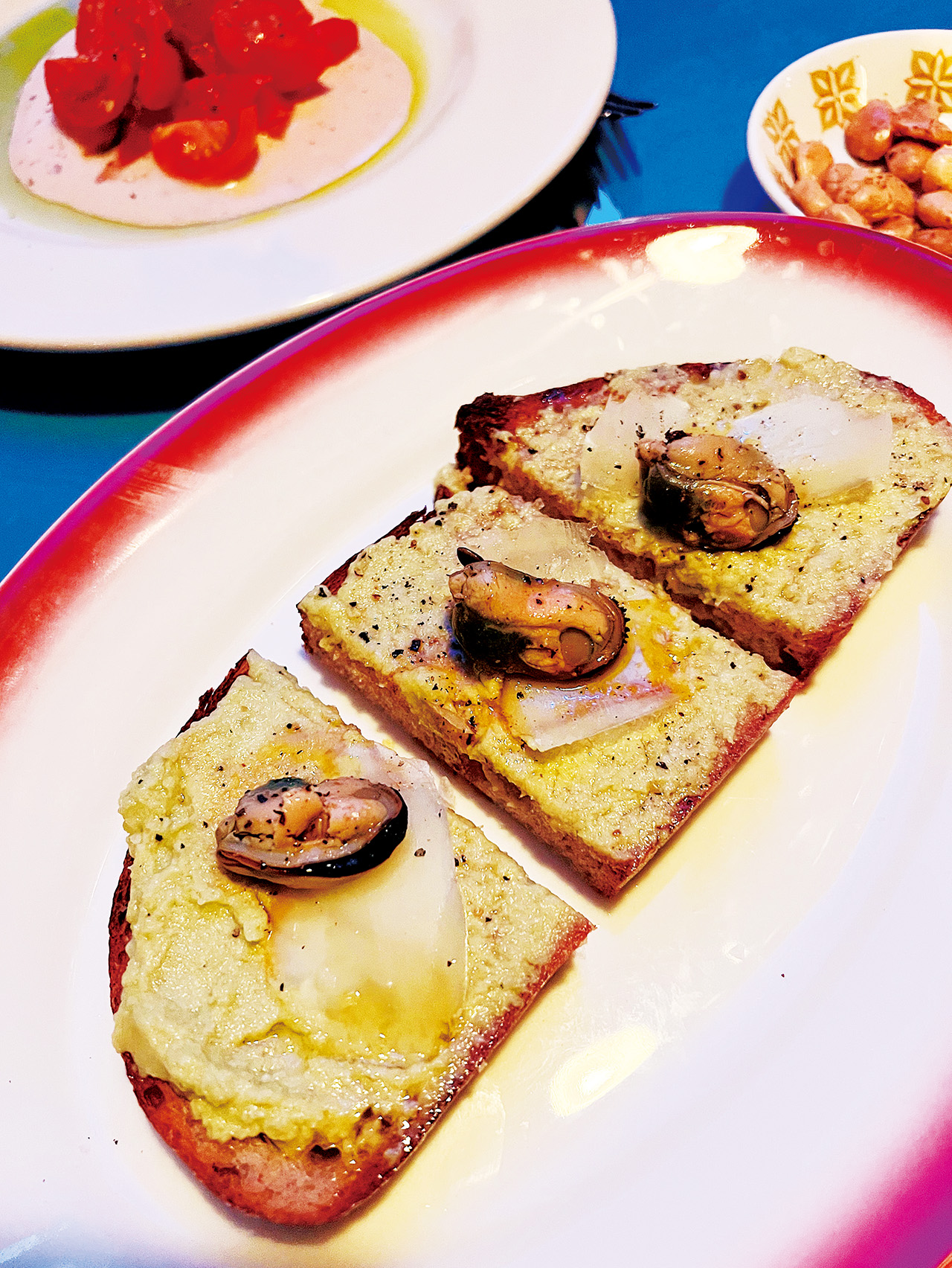
Cuisine
Kanzuri
2023.03.17

Cuisine
You and I eat the Same
2021.06.24
